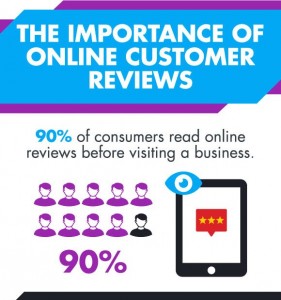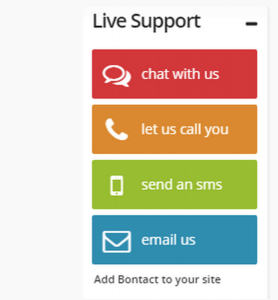How to Promote Your Product to Students
23 March 2018
With
However, while this might be a difficult target audience to communicate with, there are strategies that have worked, and within the boundaries, continue to work. So, subject to the distinct features of the product or service, the following strategies have been successfully in gaining students’ attention, and increasing the patronage of this target base.

1. Modifying the product (or service) to fit students’ distinct interests
Most products or services are created to interact with as wide a target audience as possible. However, the modification of products to suit each market segment is a great marketing skill utilized by most organizations.
Products customized to meet students’ unique needs resonate with students’ interests, and influence students to give a trial.
2. Campus engagement
Sales drives on campuses represent one of the successful media to getting students’ involved, and providing exposure for products on offer. Sometimes, seeking an escape from routine and the demands of college expectations, students find sales communication on campus a welcome distraction.
Depending on the budget set aside, sales organizations can create fun activities, challenges or simple entertainments, all to catch students’ attention, while getting them to try the company’s products.
3. Social media and content management
The Hackernoon, collating research from several sources, report that more and more students are spending time on social media channels. There are lots of existing data that support this behavior. Thus companies seeking to advertise and communicate with large group of students could proactively develop a social media presence. Target target audience using adwords, content updates, contests and engagement. Spread information students show interest in, and join the students in the ribbing of their friends and colleagues along their educational ride.
4. Join students to locate helpful learning resources
Retailers helping to locate and provide immersive educational resources to students stand a greater chance of getting the first shot, when students try to purchase a product. This goes further than simple promotion, and referred to as engagement.
Simple educational tools like learning platforms,
uk grammar check free, plagiarism deterrents, and technology-assisted learning tools improve students’ educational possibilities, and position students to consider the organization favorably, whenever they decide to purchase products in the organization’s niche.5. Gifts and Incentive Programs
Age-old
methods of communicating with audiences, and often interspersed with other marketing tools, brands who offer students incentives, stand to gain an initial trial of the product. Attaching useful gifts to the purchase of a product could get students to tilt favorably to purchase the product, with the belief that the inclusion of additional premium product features would appeal to the students, and turn them into loyal customers.6. Posting ads and product placement
Though a relatively passive tool for basically creating exposure for the organization’s products, but not generally tagged to generate quick-fire sales, the posting of product ads on in students’ magazines and campus communication channels could provide a great reminder to the students.
Organizations can purchase ad placement sections in the campus magazine, or magazines attached to particular niche or social activity, to communicate product availability and features to students.
7. Recruiting campus influencers and evangelizers
Recruiting campus influencers and evangelizers could be an effective way of getting the word-of-mouth marketing underway. Students with remarkable social following and appeal do tend to acquire a comfortable, loyal student following.
Brands can recruit these group of people to sample their products. Identify distinct product features. And provide incentives toward engaging in regular communication with other students to generate interest toward trial of the product, or outright purchase.
Concluding, communicating with the student market segment could involve creating and generating novel and outlandish marketing tactics, but sales gained do indicate post positive results.
Proper Guide
(60)









